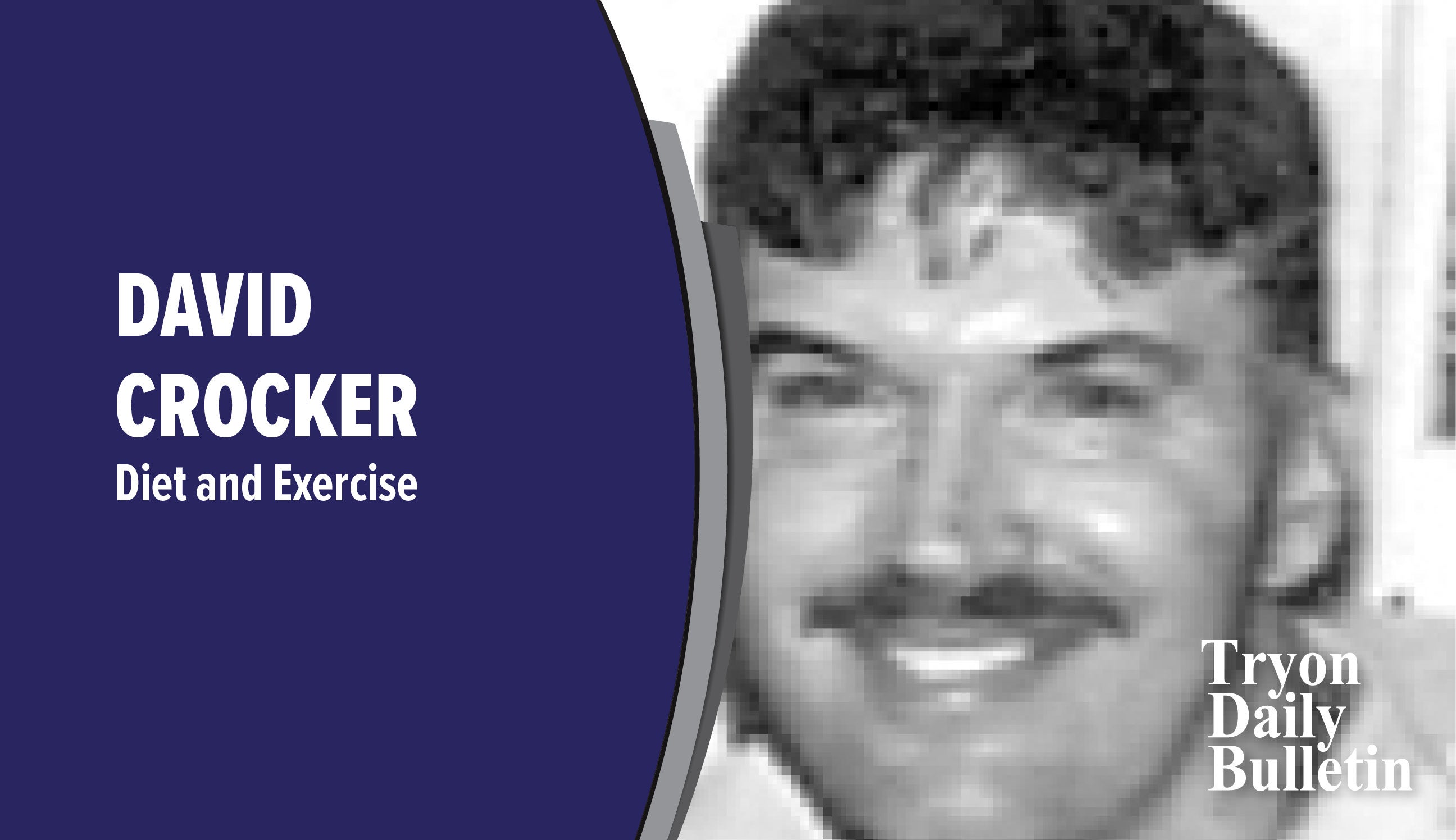The connection between strength training and bone health
Published 12:39 pm Tuesday, April 12, 2022
|
Getting your Trinity Audio player ready...
|
Last week’s article pertained to skeletal muscles, and we learned some of the numerous health and fitness benefits derived from weight training. Another benefit of weight training is that it also strengthens bones. That’s great news for everyone, especially the elderly. Each year elderly adults in the United States experience 29 million falls, and with 10,000 Americans turning 65 each day it’s important to protect yourself. Age related changes, inactivity, weakness and inadequate nutrition gradually steal bone mass at a rate of 1 percent per year after age 40. That’s significant, and particularly so for women, who can actually lose up to 20% of their bone density in the first 5 to 7 years after menopause.
Let’s explore just what bone is. First, bone contains collagen which is a structural protein that is responsible for healthy joints and skin elasticity, but also provides a soft inner bone framework. Bones also hold approximately 60% calcium phosphate, a mineral that acts as a “scaffolding” which adds strength and hardness to bones. The two types of bone found in the body include cortical and trabecular. Cortical bone is dense and compact, and forms the outer surface of bones. Trabecular bone makes up the inner layer of bones, and has a spongy, honeycomb-like structure. Remember, bones are living tissue. They also contain nerves, and red and yellow marrow. Red bone marrow is where all new red blood cells, white blood cells, and platelets are made. Yellow bone marrow contains some white blood cells, but its color is due mostly to containing more fat cells.
Bones are constantly tearing down and rebuilding. An individual in their teens and twenties is forming more bone cells than they are losing, but as folks age, the process of building new bone slows, and bone density begins to decrease, particularly in women who approach menopause. By the way, men’s bone growth slows as they age, too.
Osteopenia is a medical condition of reduced bone mass of lesser severity than that of osteoporosis. Osteoporosis is a condition in which bones actually become brittle from loss of tissue, and is estimated to cause 1.5 million fractures in the United States each year. To reduce falls, it’s important to strengthen muscles to maintain balance, and fortify and harden bones to resist fractures. Weight bearing exercises like resistance training (lifting weights), provides the mechanical stimuli or “loading” to maintain and improve bone health. Numerous studies show strength training does slow bone loss and rebuilds bone density.
There are a few weight training tips I recommend to clients and even to other personal trainers I teach. You should strength train two or three times a week, every week. Try to rest at least one day between sessions. Always work with a qualified, certified personal trainer.
Concentrate on exercise form, not just the amount of weight you are lifting. Pay attention to your breathing. Don’t use other muscles to compensate when lifting weights. You should only be engaging the muscles you are using.
You should keep challenging muscles slowly by increasing resistance and repetitions (the number of times you lift a weight within a set). An exercise set is the number of cycles of repetitions you complete. Make certain your fitness program progresses. Consistency matters!!! Endurance and strength start to fade if you skip too many workouts. In fact consistency in exercising is even more important than effort, when producing training results. Remember, slow and steady wins this race.
Lastly, since bone is made up of calcium, and because our bodies don’t produce calcium, it’s essential we get enough of this bone strengthening mineral every day. After age 51 folks need 1200mg of calcium per day. The two most common forms of calcium supplements are calcium carbonate and calcium citrate. Both are readily absorbed, but should be taken differently. To be absorbed properly, calcium carbonate should be taken with food, whereas calcium citrate should be taken on an empty stomach.
David Crocker is a nutritionist and master personal trainer. Questions? Email David at dwcrocker77@gmail.com or text to 864-494-6215.


